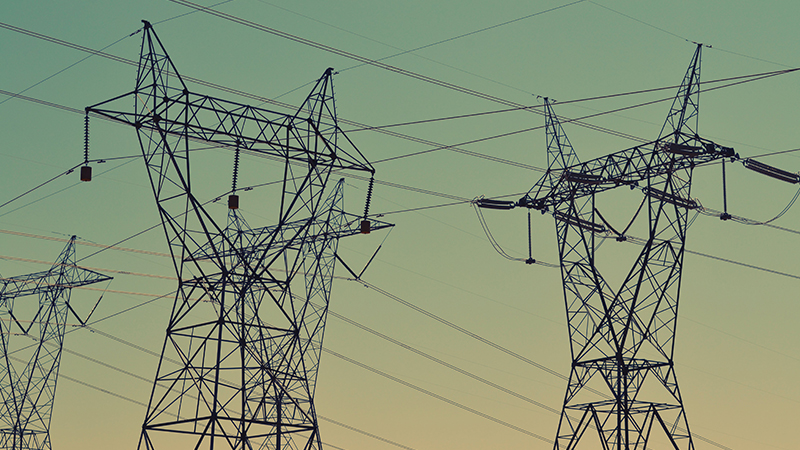Increasing the robustness of power distribution networks
The implementation of a different power distribution network could see an increase in the robustness and resilience of distribution systems during natural disasters, reducing any black-out periods.

